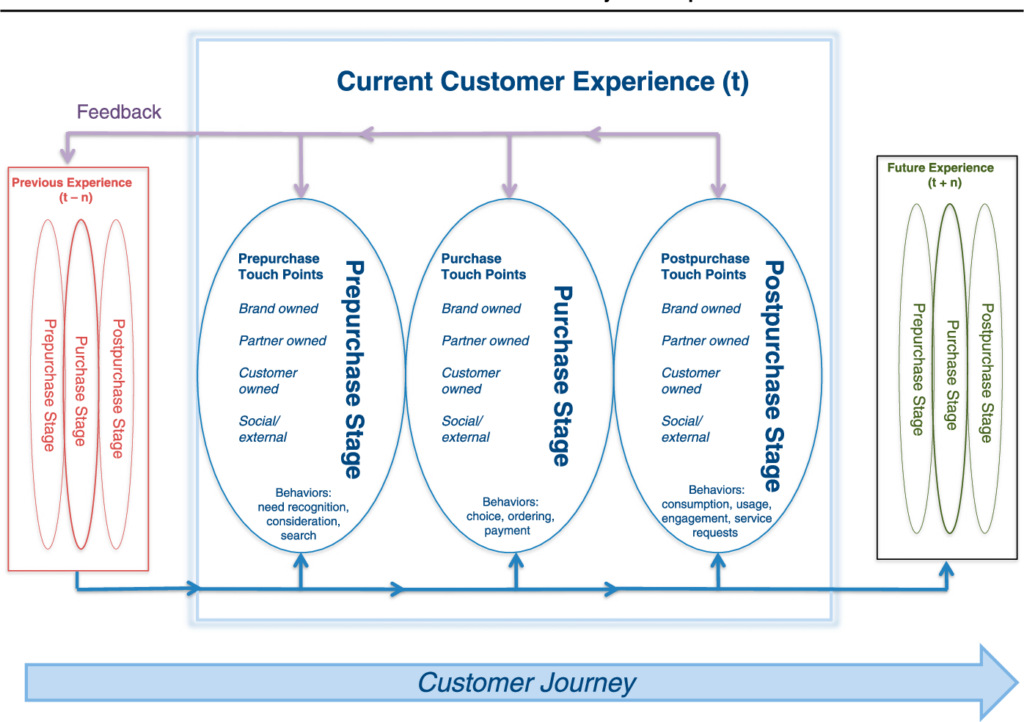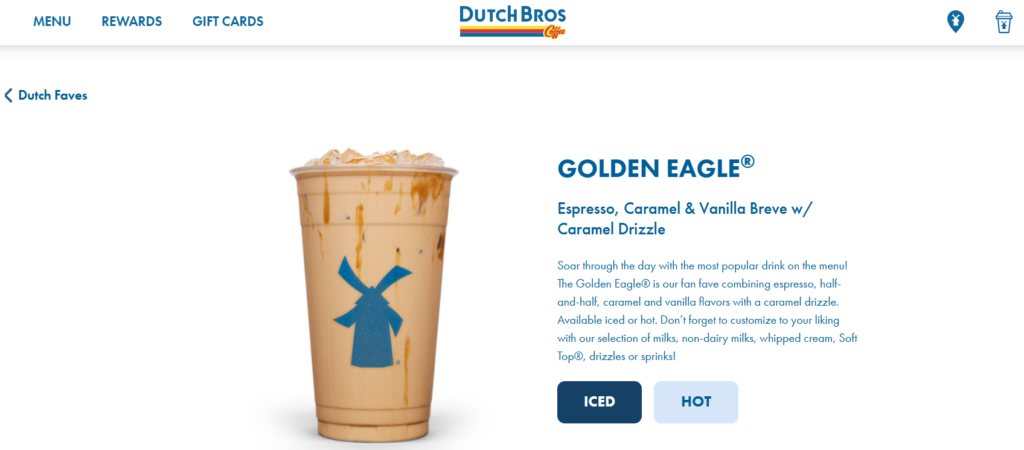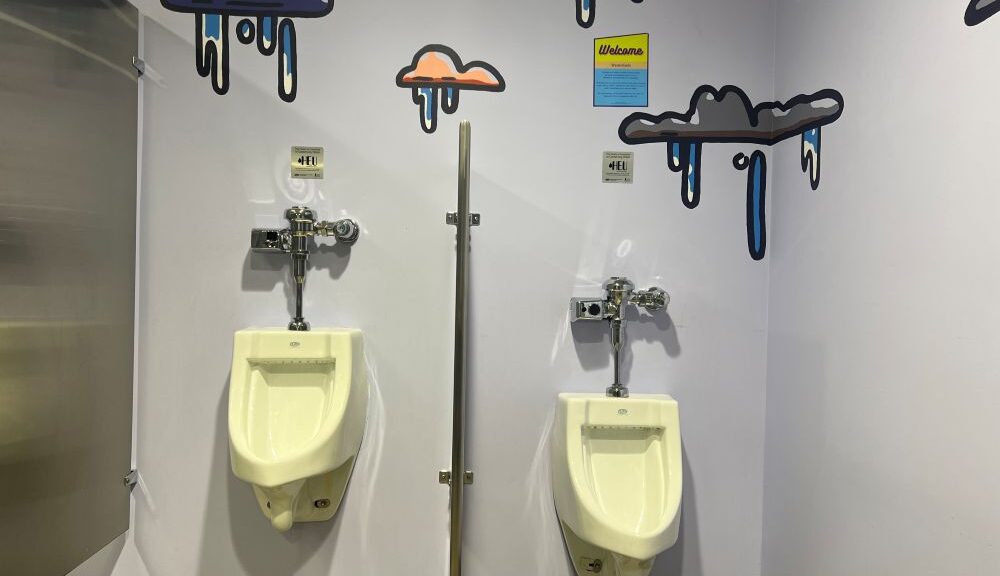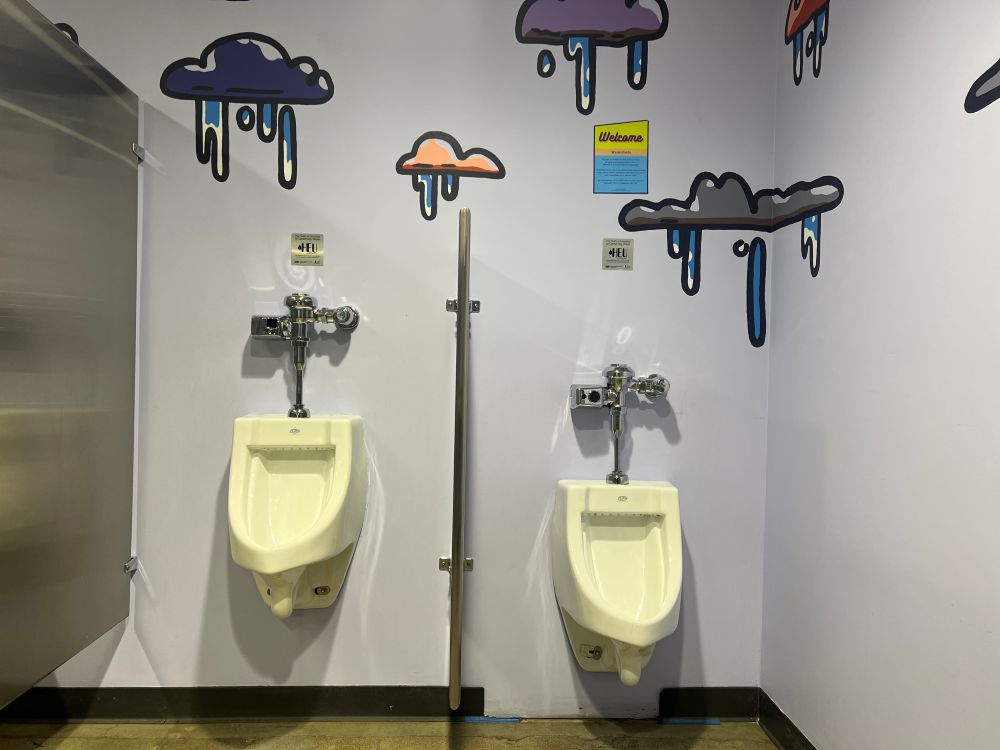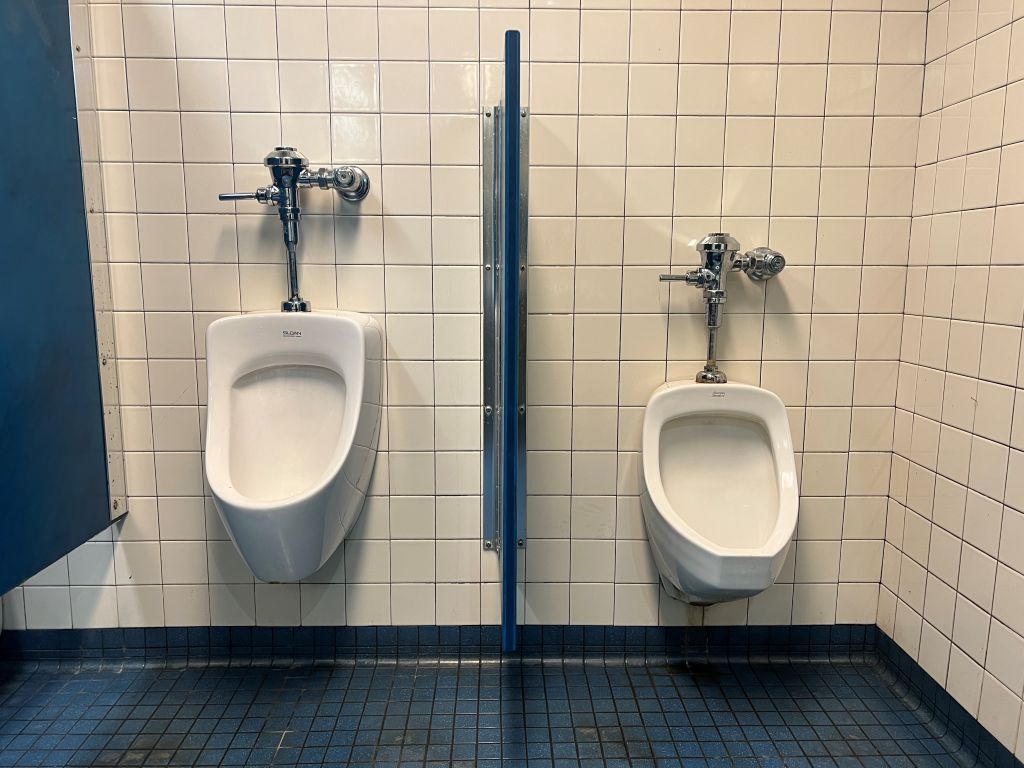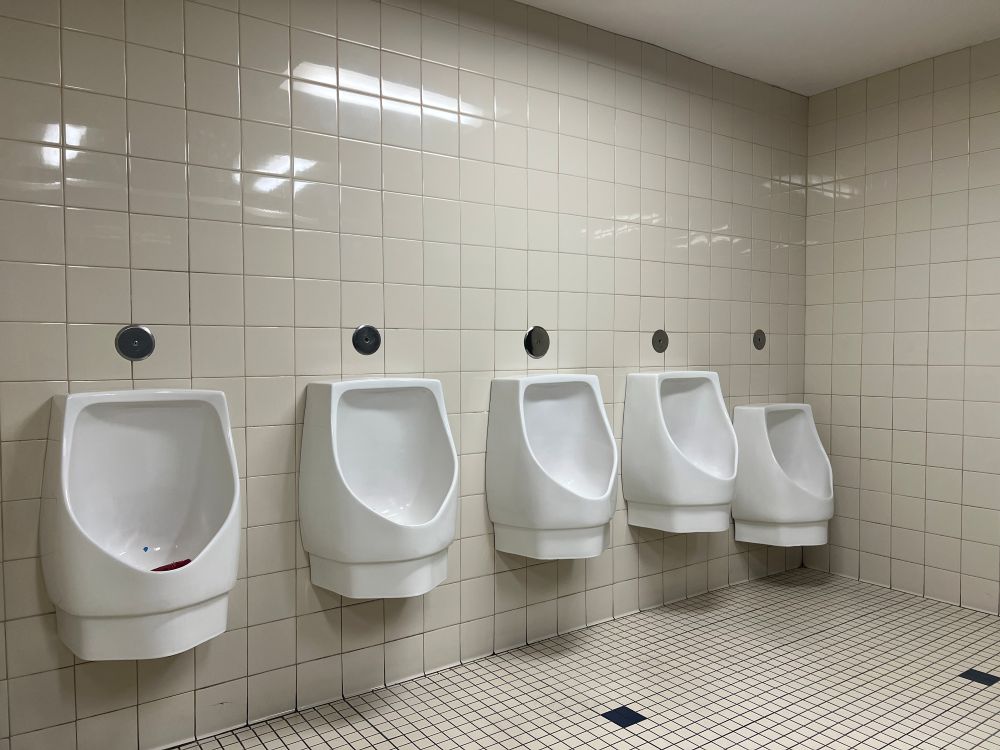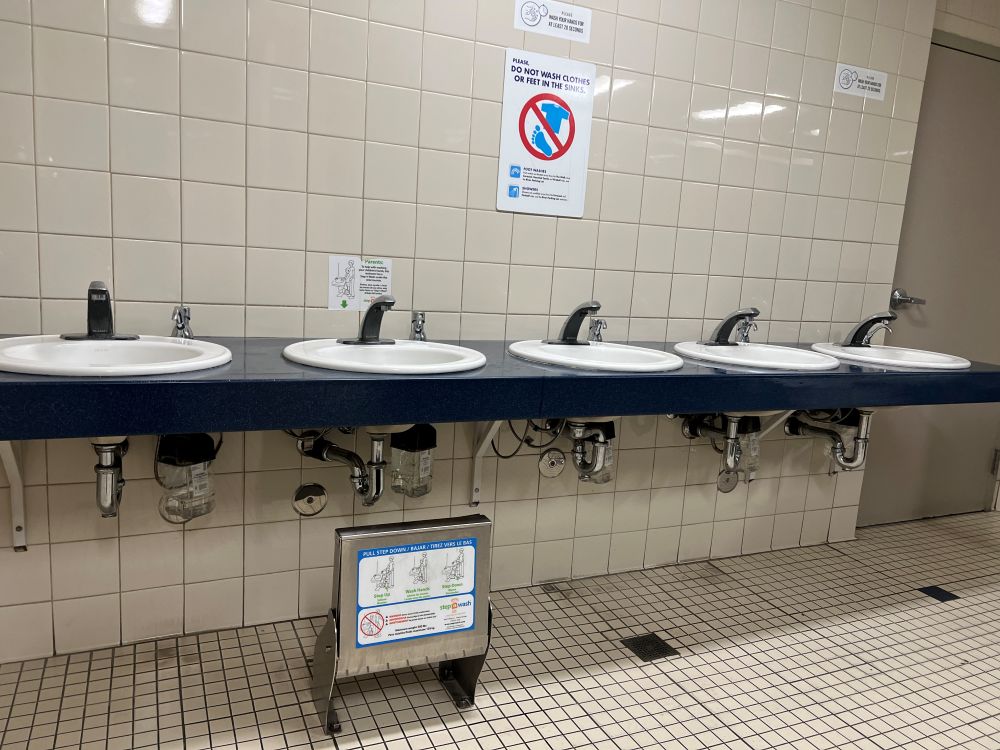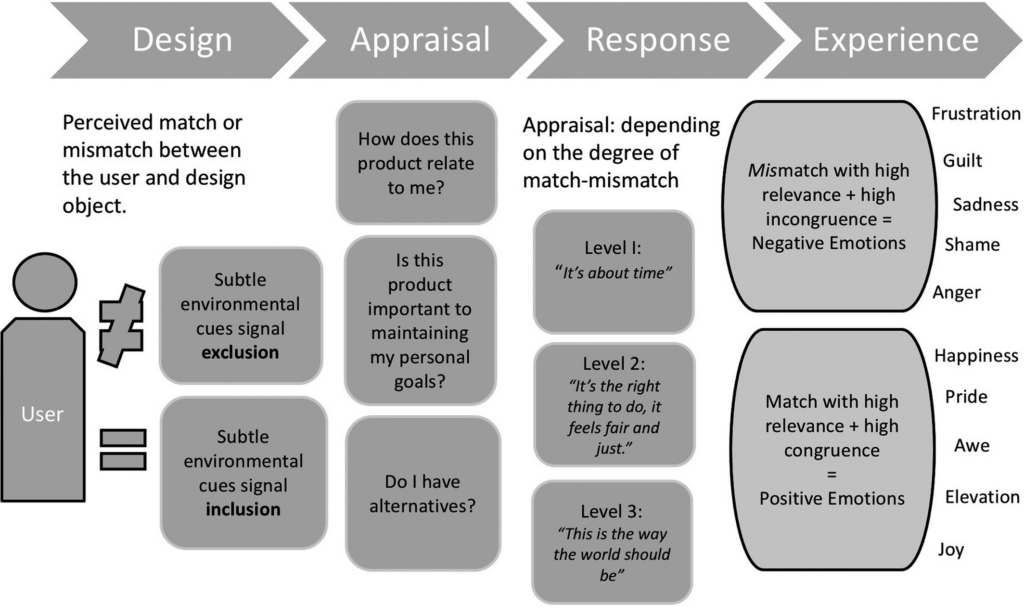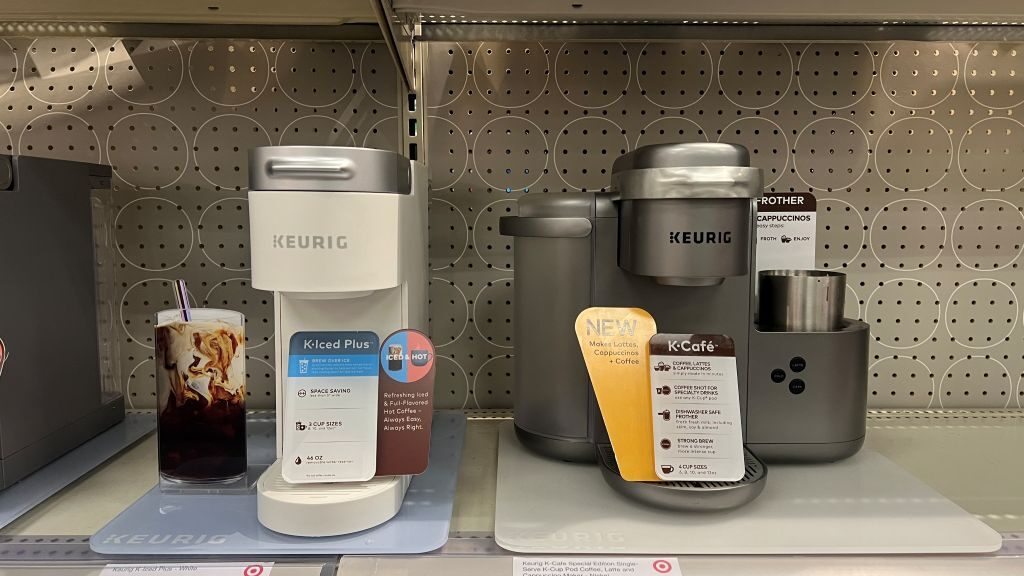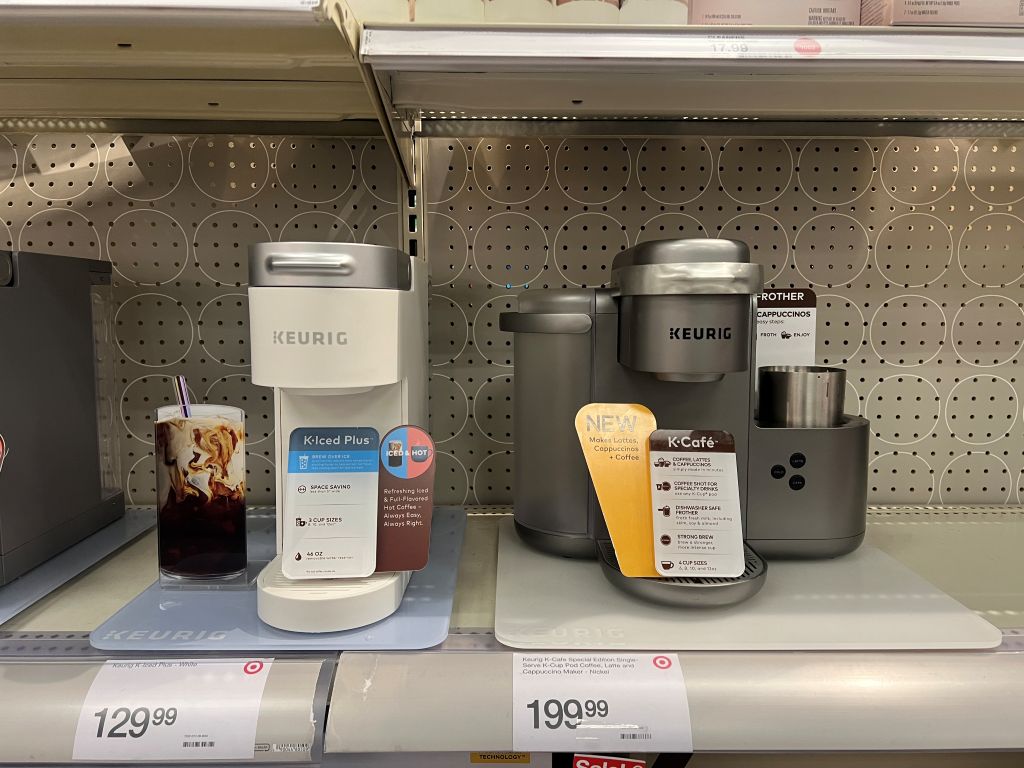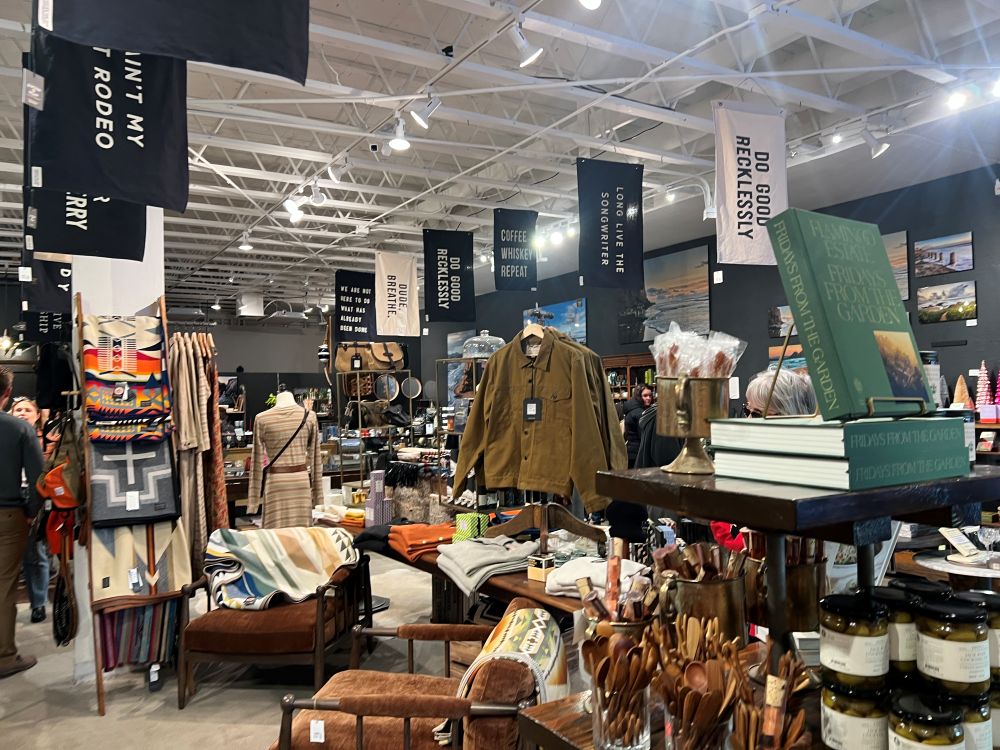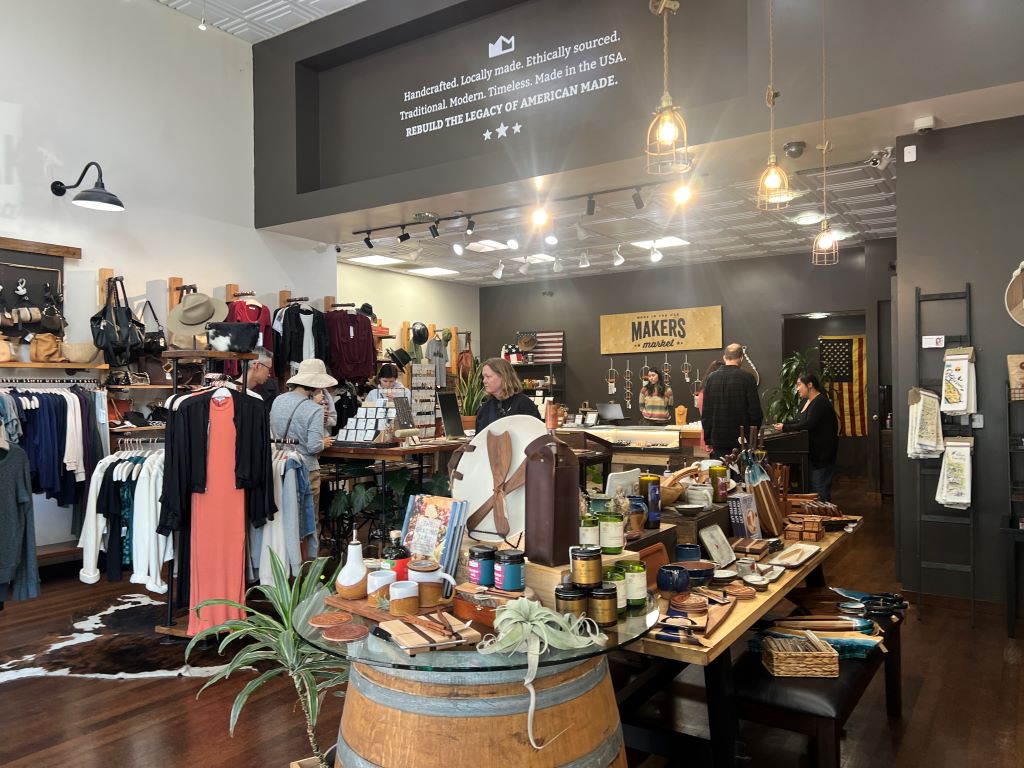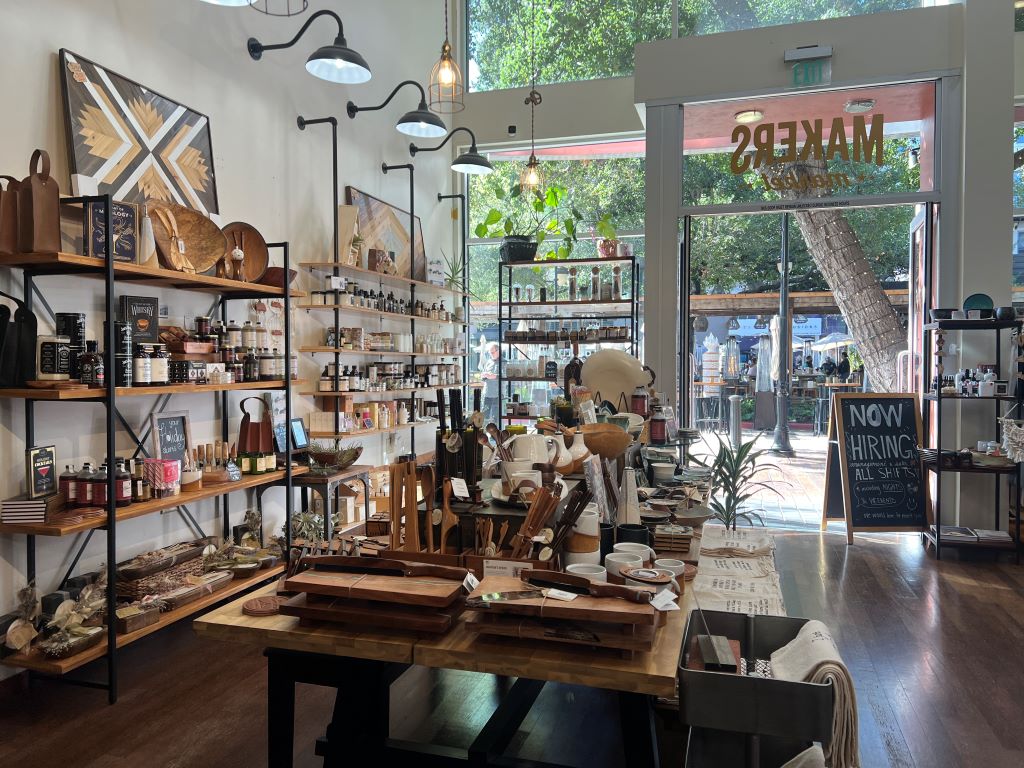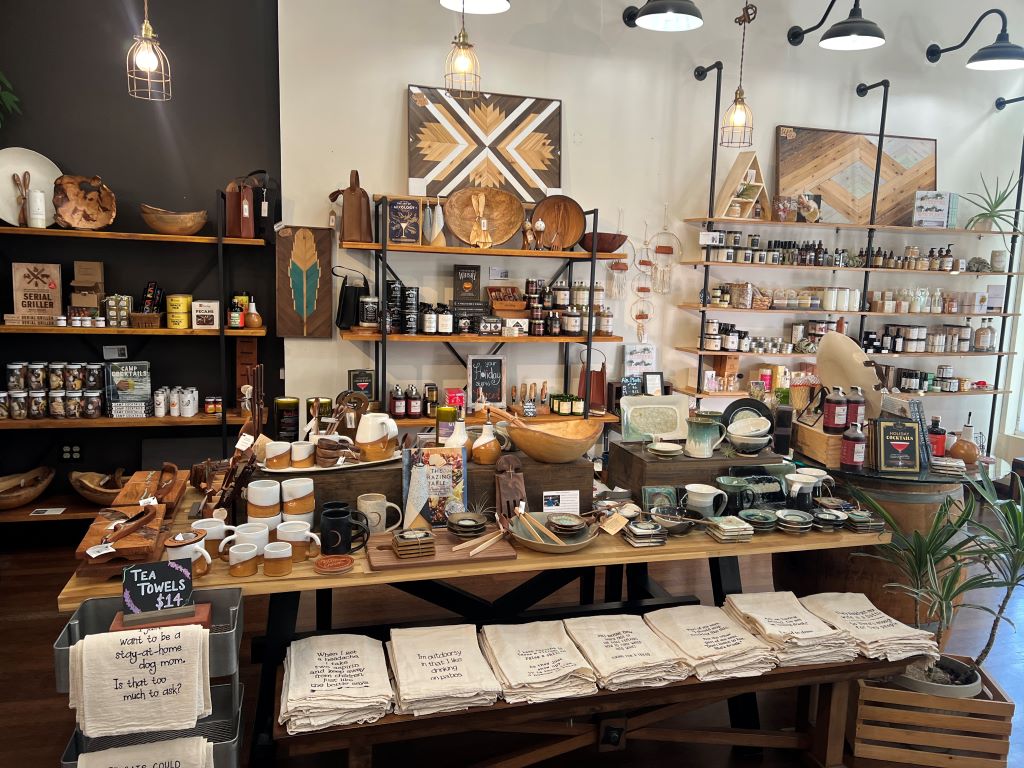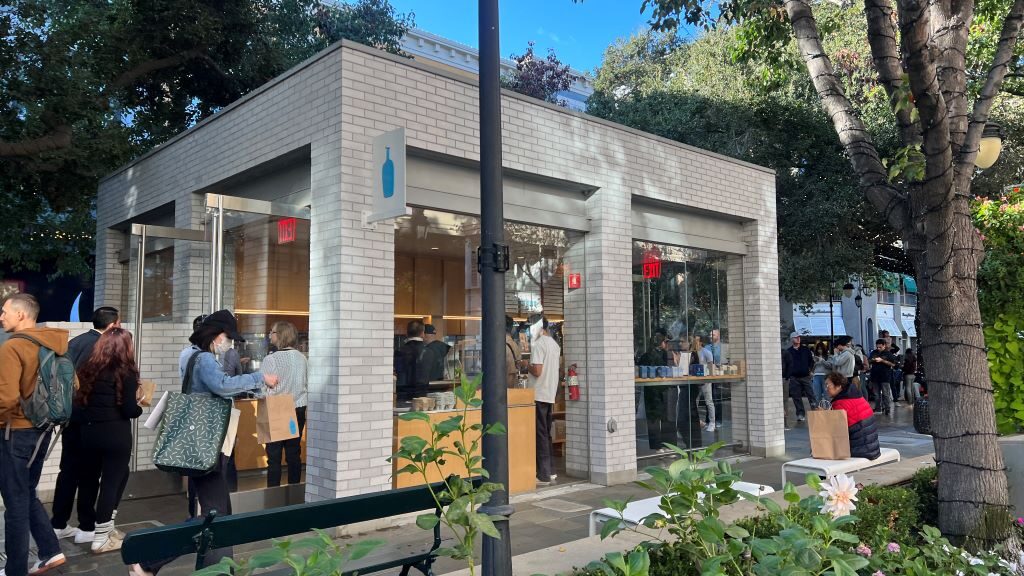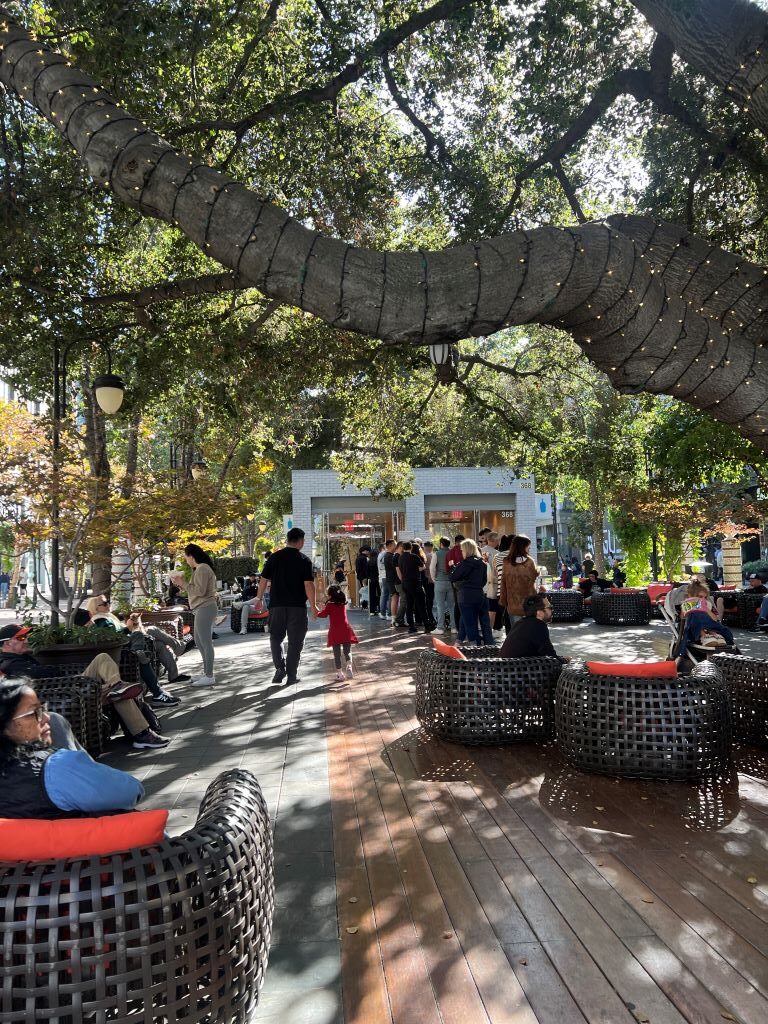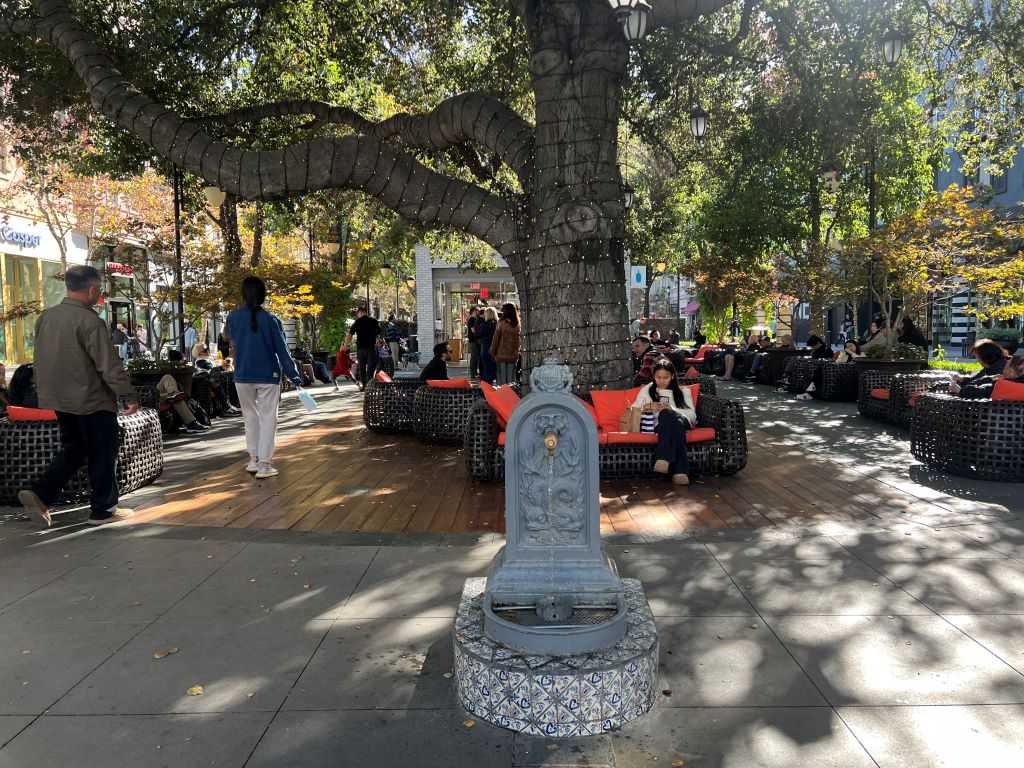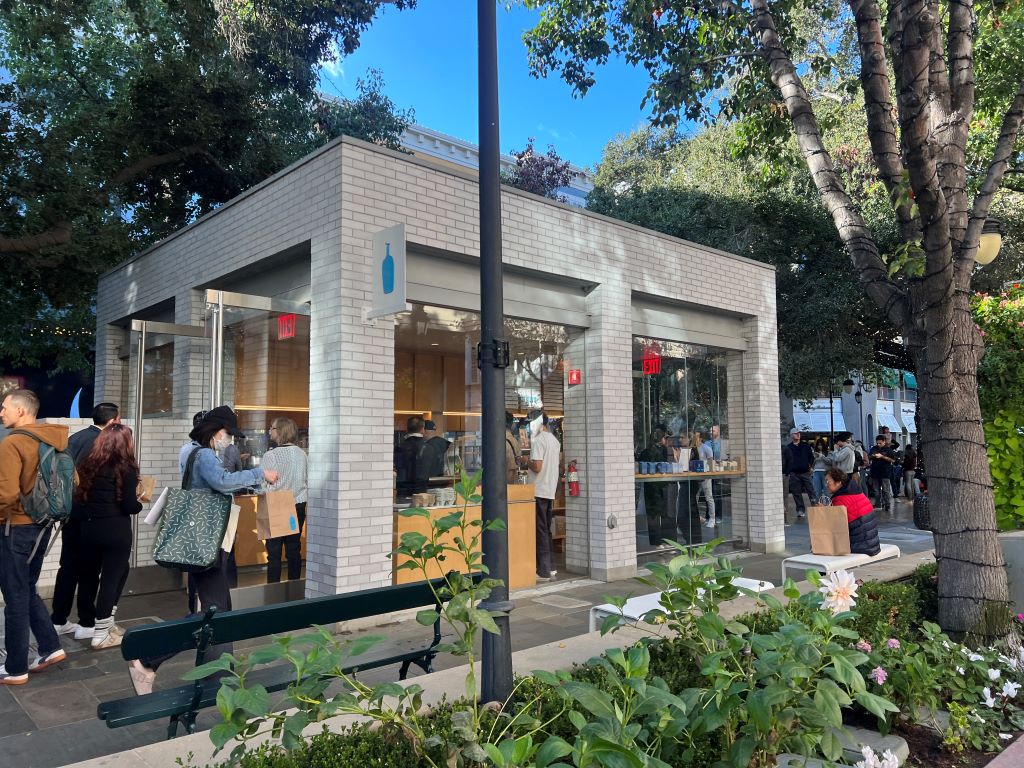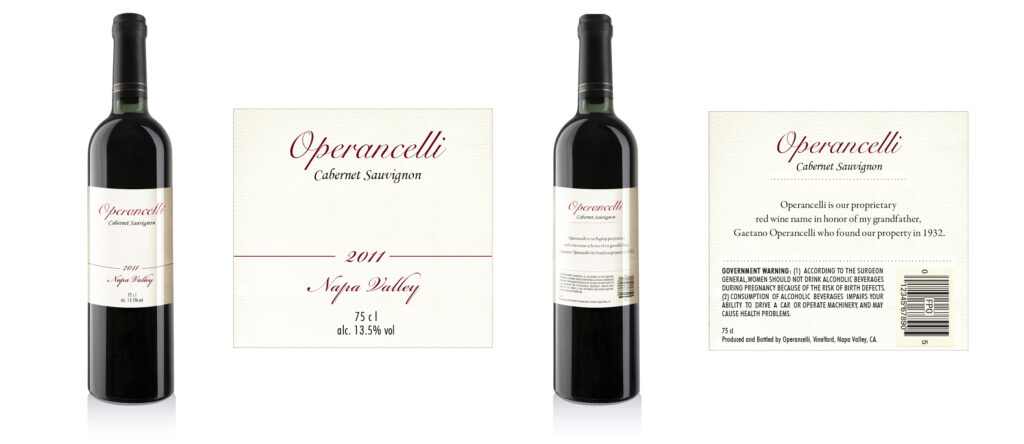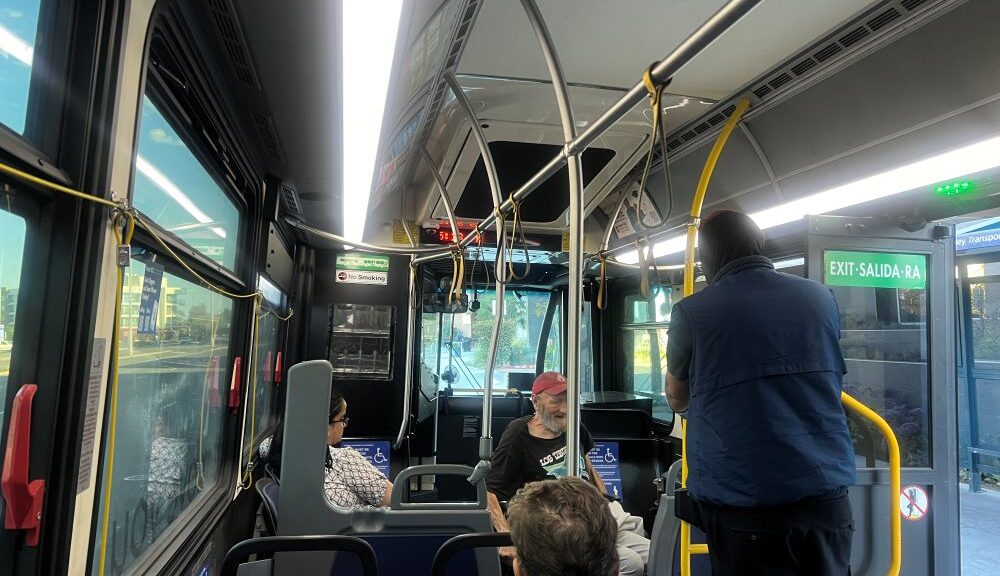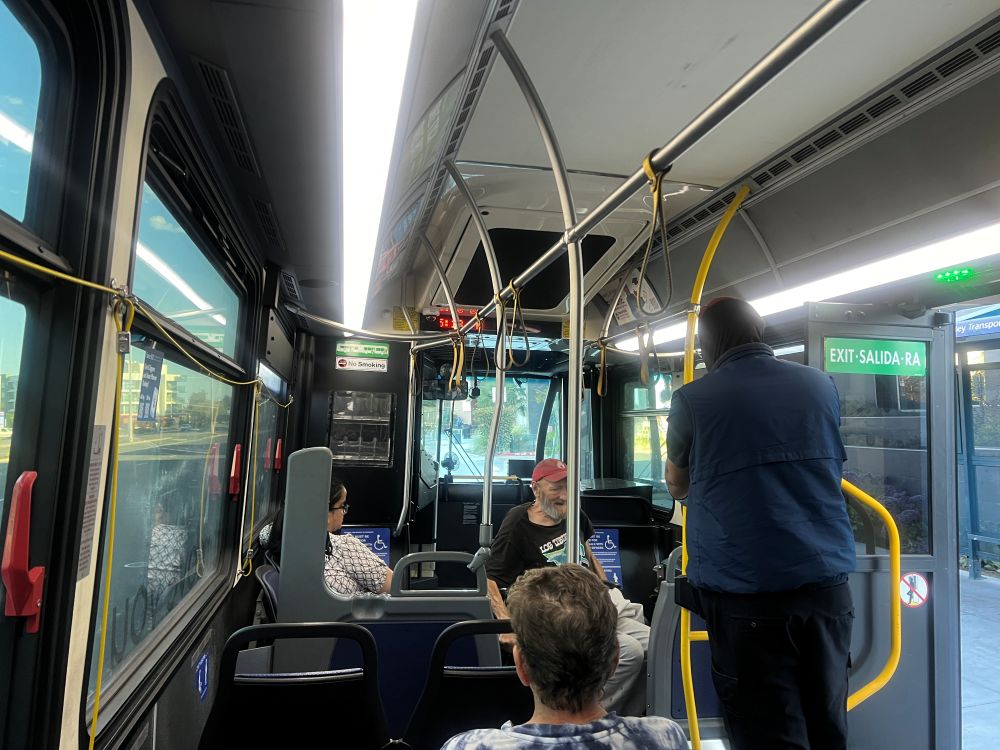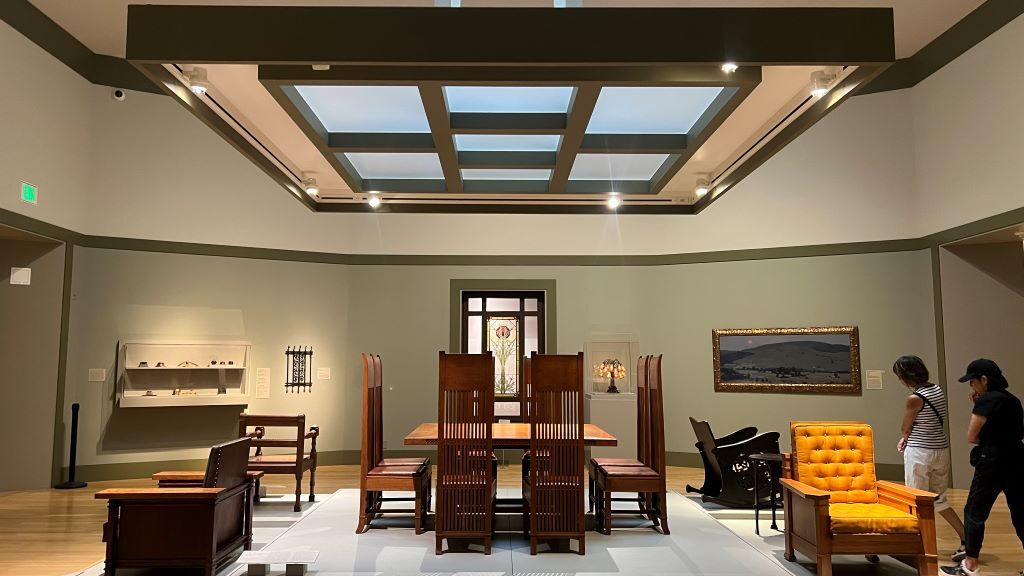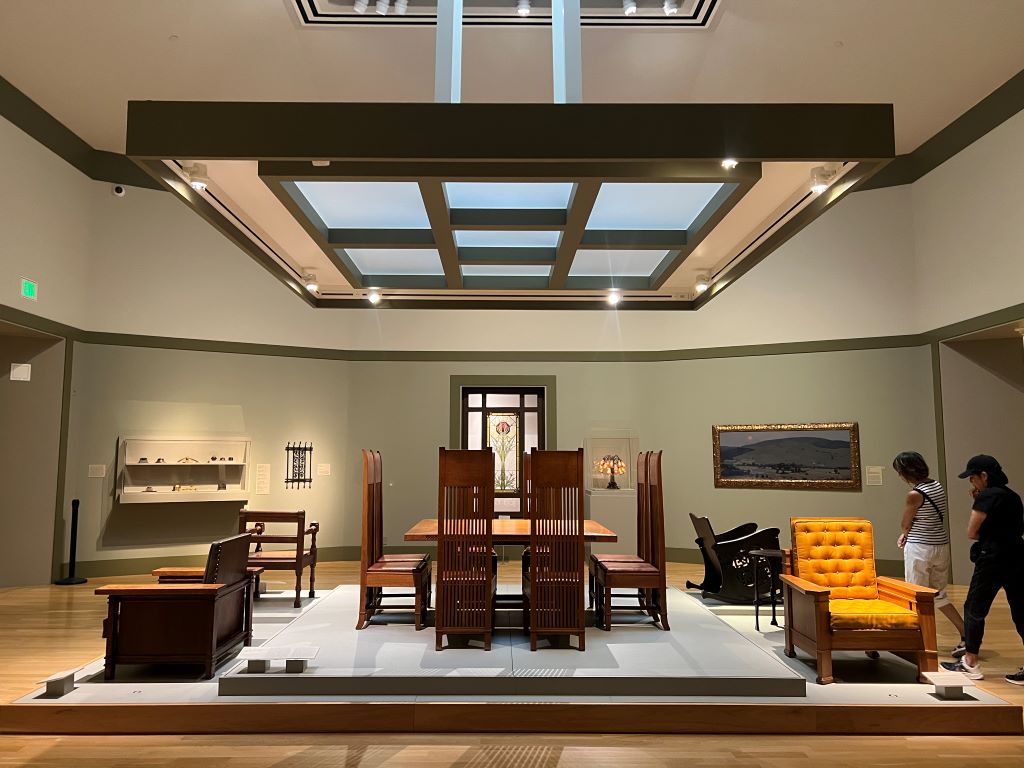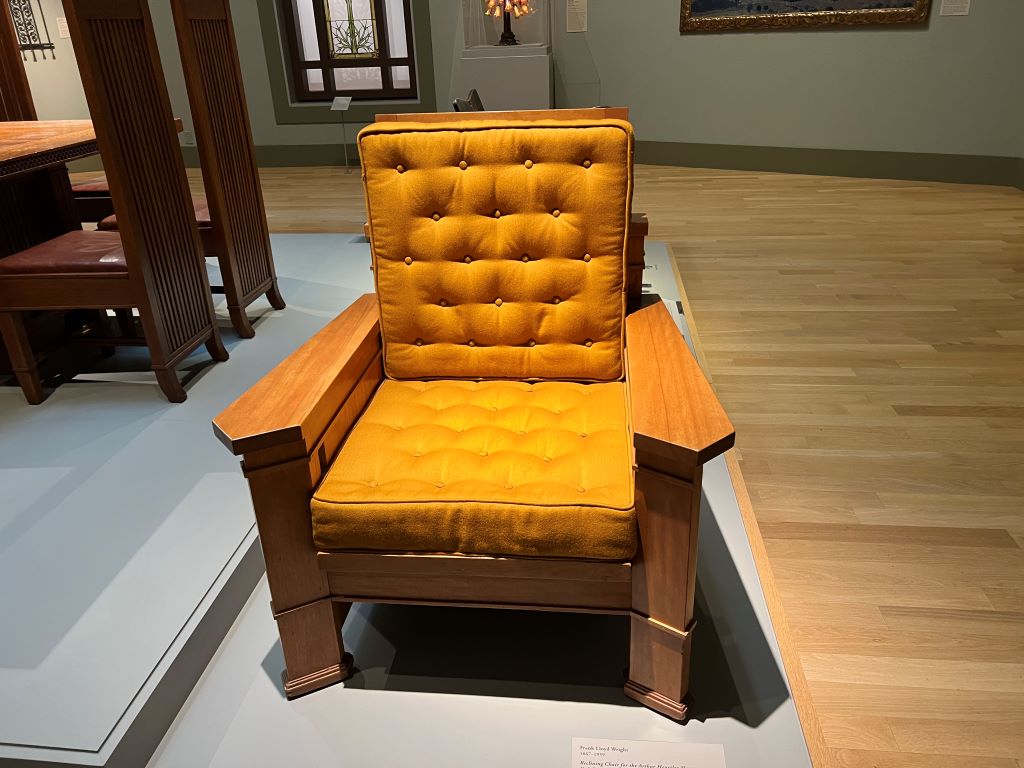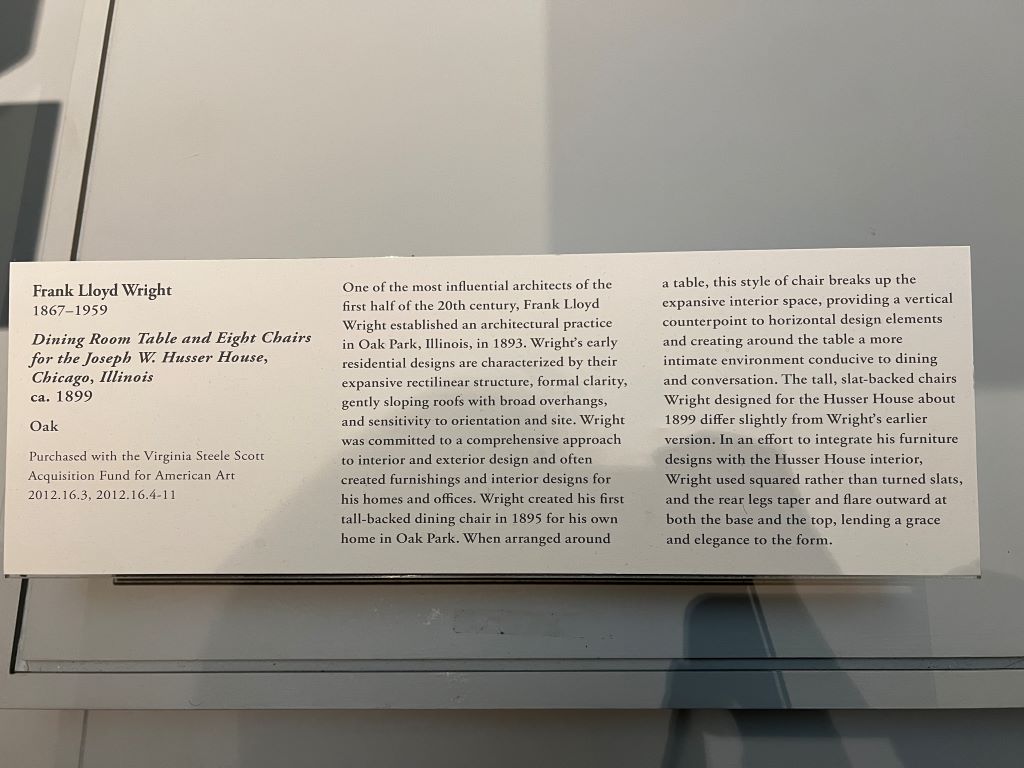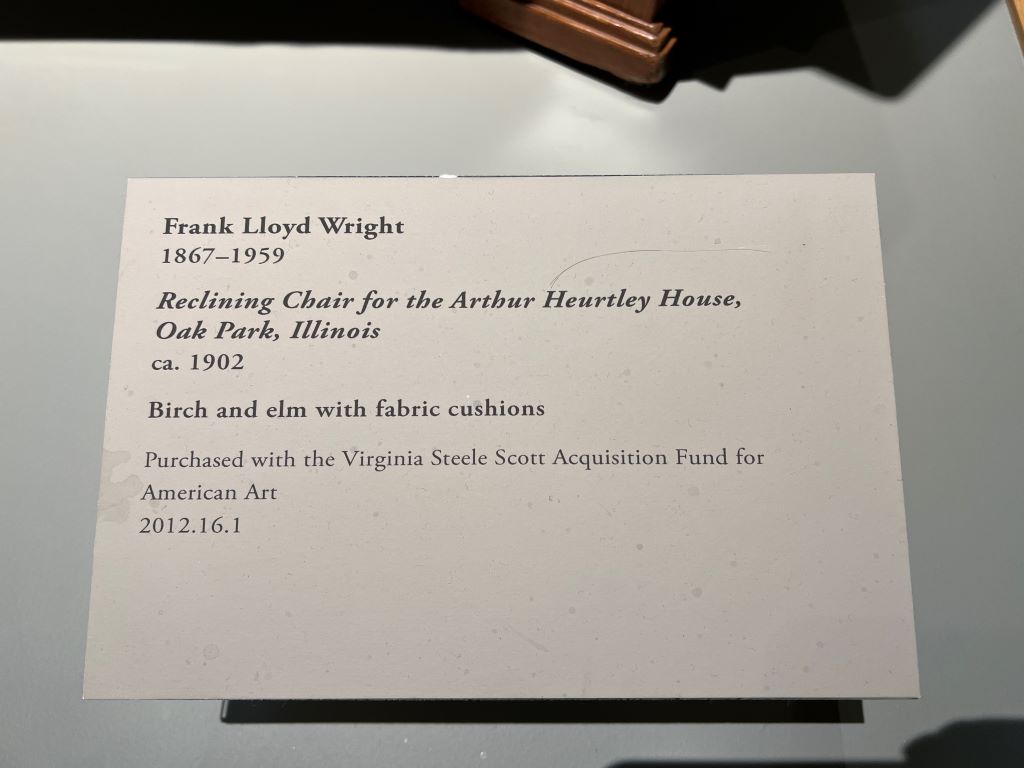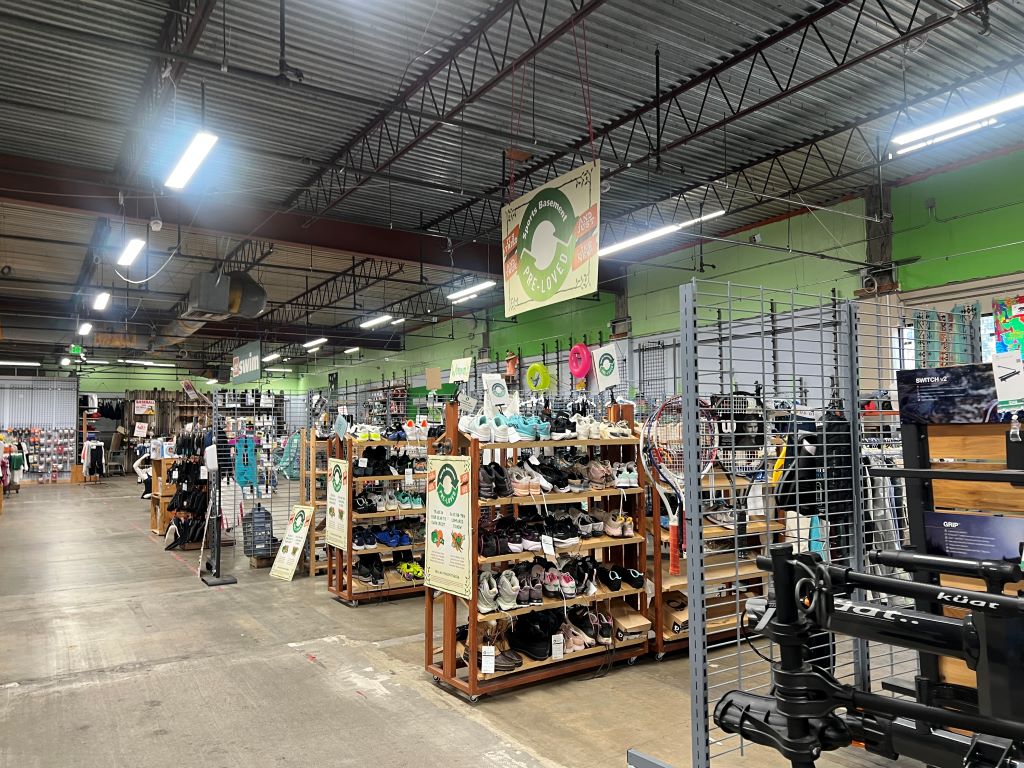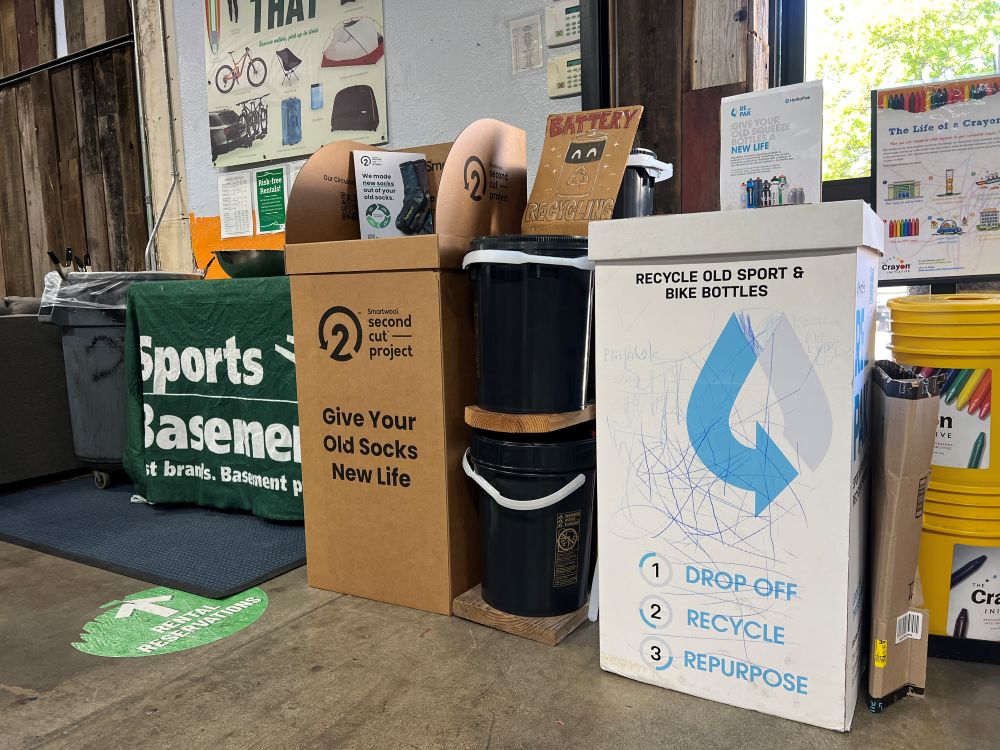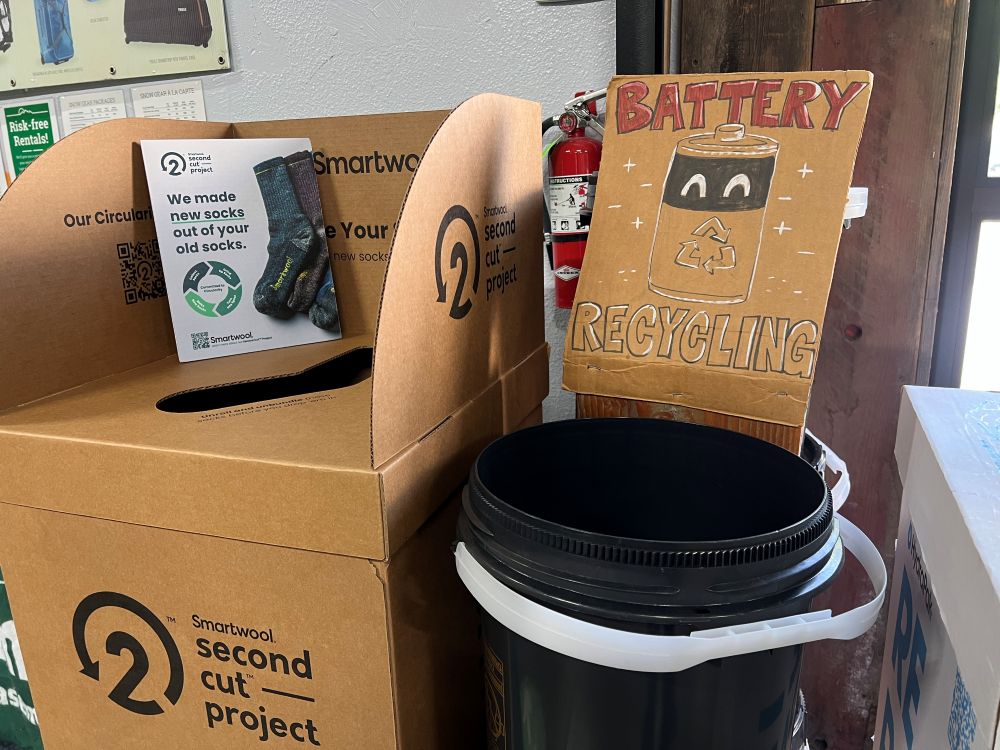
Dutch Bros Coffee is growing faster than Starbucks and becoming one of the most successful coffee chains in the U.S. It is now the fourth-largest coffee brand and continues to open new locations.
One reason for this success is its business model. While Starbucks spends heavily on store remodeling, Dutch Bros focuses on small drive-thru locations. This strategy allows them to expand quickly at lower cost.

However, fast service alone is not enough. Dutch Bros succeeds because of its superior customer experience. Unlike Starbucks, which can feel transactional, Dutch Bros creates a warm and personal experience. Their “broistas” (baristas) often remember customers’ names and favorite drinks, making visit feel like a conversation rather than a purchase. The company’s motto, “We may sell coffee, but we are in the relationship business,” reflects its focus on customer connections.
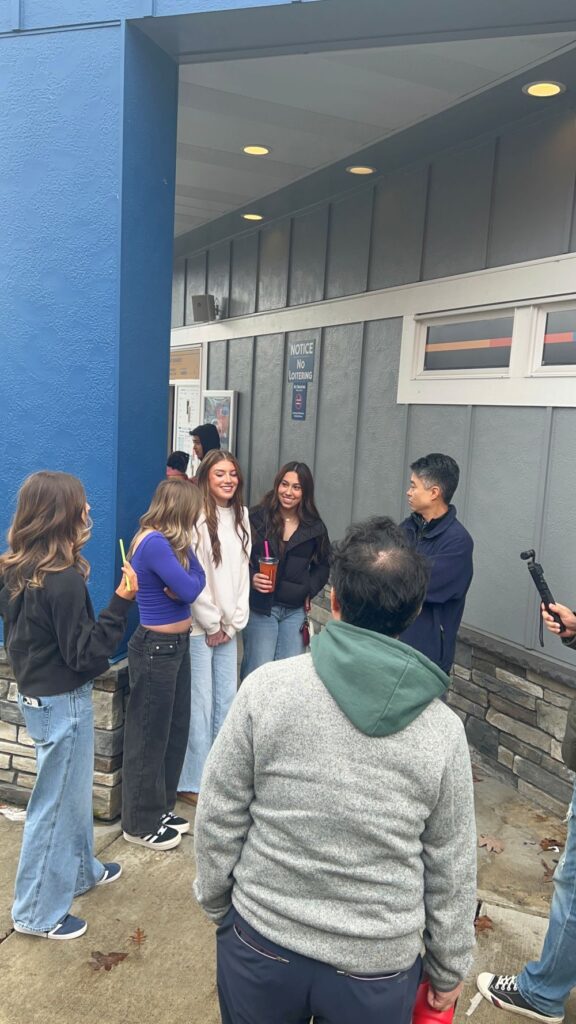
Many students also enjoy the secret menu and customizeable drinks, such as Golden Eagle and Rebel Energy.
Dutch Bros understands what Gen Z wants, that is, a fast and friendly experience. Rather than focusing solely on coffee taste, it focuses on the experience of coffee buyers. Customer experience matters.
***
Reference
Lemon, K. N., & Verhoef, P. C. (2016). Understanding customer experience throughout the customer journey. Journal of marketing, 80(6), 69-96.
Understanding customer experience and the customer journey over time is critical for firms. Customers now interact with firms through myriad touch points in multiple channels and media, and customer experiences are more social in nature. These changes require firms to integrate multiple business functions, and even external partners, in creating and delivering positive customer experiences. In this article, the authors aim to develop a stronger understanding of customer experience and the customer journey in this era of increasingly complex customer behavior. To achieve this goal, they examine existing definitions and conceptualizations of customer experience as a construct and provide a historical perspective of the roots of customer experience within marketing. Next, they attempt to bring together what is currently known about customer experience, customer journeys, and customer experience management. Finally, they identify critical areas for future research on this important topic.
